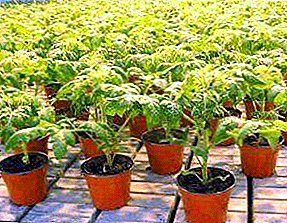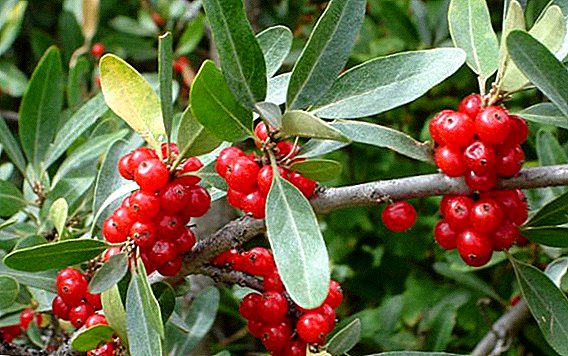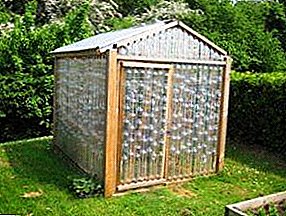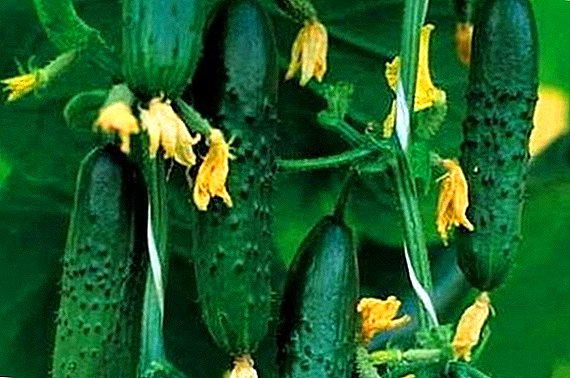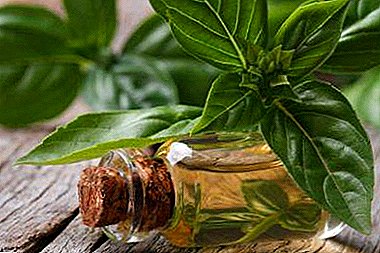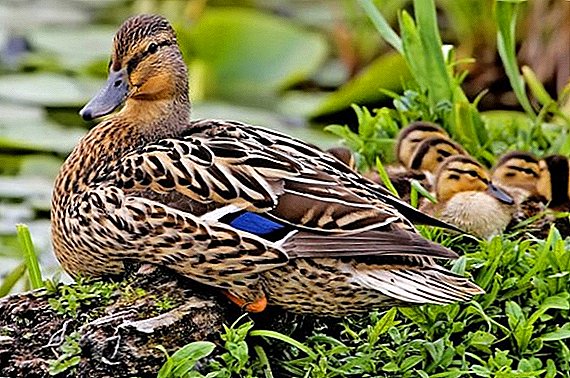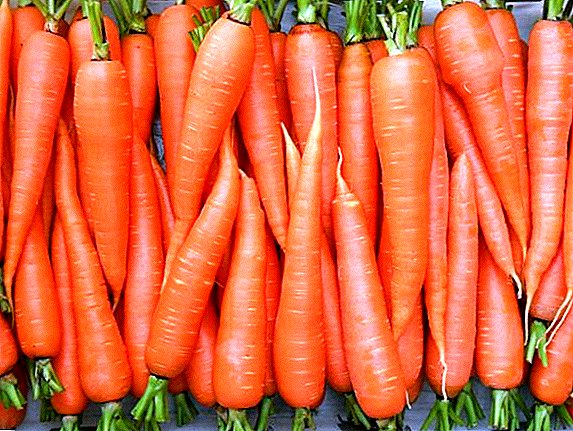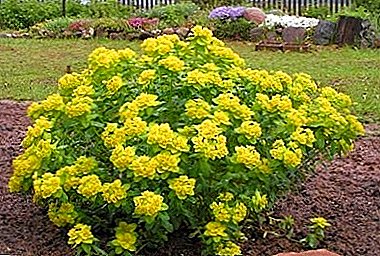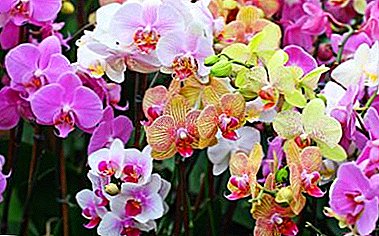
A blooming orchid is truly a pride for the owner. It's not so easy to achieve such a miracle at home. This requires certain conditions: temperature and humidity parameters, lighting, the correct composition of the soil and timely transplanting.
And any mistake in the process of growing can cost the plant life. One of the most difficult moments in the care of a beautiful woman is considered to be the transplant and the selection of a special substrate. Therefore, about these main nuances in more detail.
Do I need to change the substrate?
The habitat replacement process for indoor plants is stressful. Orchids are not an exception.
therefore often transplantation is not done, once per 2-3 years is enough. For this period:
- decreases the amount of nutrients in the soil;
- the level of acidity increases;
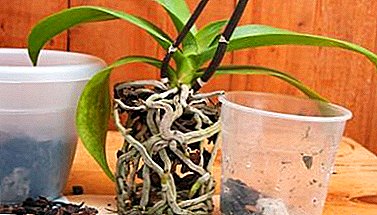 the balance of mineral salts is disturbed;
the balance of mineral salts is disturbed;- air permeability of the soil decreases;
- the substrate ages and decomposes.
As known, The main component of the substrate for orchids - tree bark. Which as a result of frequent contact with water swells and decomposes. Subsequently, the substrate becomes dense, air circulation stops. Accordingly, the roots do not receive the proper amount of oxygen.
For the full development of the exotic flower requires acidity of the soil at the level of 5.5-6.5 pH. If this figure differs from the norm, the orchid will not be able to fully absorb iron, and its green foliage will turn yellow.
Watering with poor-quality water also leads to negative consequences. - mineral salts accumulate in the soil, so the roots of the plant can not continue to perform vital functions.
Why is it important to choose the right soil for transplanting?
It's no secret that the impassable tropical forest is considered the natural habitat of orchids. As a place of residence, they choose the trunks of powerful trees. Clinging to the air roots for their irregularities, epiphytes receive the necessary elements, and moisture from the air and rain. This specificity of exotic should be considered when choosing the soil.
The correct composition of the substrate is a guarantee of future flowering and plant health.
Criteria to which the correct composition must conform
What land does orchid need for transplanting? When choosing a substrate, it is necessary to pay attention to the following qualities:
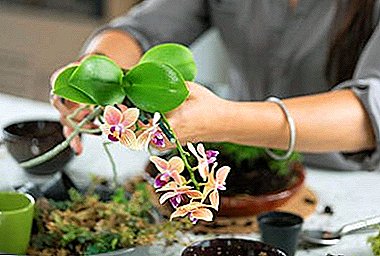 good water permeability;
good water permeability;- environmental friendliness, without toxic elements;
- friability;
- ease;
- optimal acidity;
- air permeability;
- complex mineral composition.
Representatives of the Orchid family, which are grown in the conditions of the house, are divided into 2 groups: epiphytic and terrestrial. Difference from each other not only in the name, appearance, but also in the environment of growth. Therefore, substrate for terrestrial and epiphytic orchids is significantly different.
Varieties of epiphytic plants:
- Dendrobium.
- Cattleya
- Likasti.
- Phalaenopsis.
- Cumbria
- Zigopetalum
- Masdevallia.
So the soil in the first place serves as a support, and then a power source and moisture. It can be concluded that it is not necessary to include the earth base in the composition of the soil mixture for epiphytes. Enough will be organic and mineral components.
Substrate options: 1 part charcoal and 5 parts bark.
Sphagnum moss, ash and small pieces of pine bark in proportions of 2: 1: 5. As additional components, dry fern roots can be used., natural leavening agents, drainage.
 Ground orchids: cymbidium and papiopedilum. They need a strong diet. The following soil composition will do:
Ground orchids: cymbidium and papiopedilum. They need a strong diet. The following soil composition will do:
- leafy humus;
- peat;
- pine bark;
- crushed coal;
- moss.
A little more, you can improve the finished mixture by adding moss-sphagnum, sliced cork material plates and part of the turf ground.
Can I use regular land?
Do not choose the usual land as a substrate for exotic plants. After all, the root system for the process of photosynthesis requires light and oxygen. That is, the substrate should consist of lightweight, breathable components. Otherwise, the heavy ground will be a kind of pressure for the roots.
Also, dense soil can lead to disruption of the drainage process, and stagnant water will adversely affect the root system. Orchids will be difficult to fully grow and develop in such conditions.
Do not forget that the usual habitat of exotic - a loose, light ground or its complete absence. BUT ordinary land is a fairly dense environment in which the orchid simply will not survive.
How to make the right choice when buying in a store?
The market for orchid substrates is full of various offers.
 The stores sell both ready-mix, and individual components. But even well-known manufacturers are not always pleased with the quality of the goods. Often, the soil contains a large amount of peat, which is useful for terrestrial orchids, and is contraindicated in epiphytes. Therefore, before buying, it is important to pay attention to:
The stores sell both ready-mix, and individual components. But even well-known manufacturers are not always pleased with the quality of the goods. Often, the soil contains a large amount of peat, which is useful for terrestrial orchids, and is contraindicated in epiphytes. Therefore, before buying, it is important to pay attention to:
- The purpose of the substrate for which varieties of orchids suitable. Soil for epiphytic exotic plants is sold under the name “Mix for Phalaenopsis”, and for terrestrial orchids “Mix for Cymbidium”.
- Supplied components and soil pH.
- The nutritional value of the soil.
- Recommendations for use.
Experienced growers recommend sifting the finished mixturethus get rid of excess peat and earth dust. And then add the required amount of decontaminated bark.
We offer to watch a video on how to choose the right substrate for orchids:
How to cook yourself?
If you are not sure about the quality of the finished orchid mix, it will be better to prepare it yourself. This method has its positive aspects:
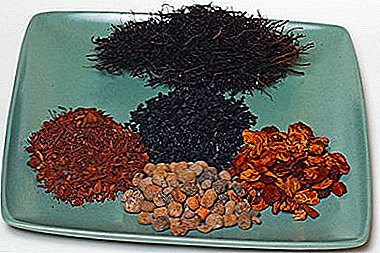 ease of preparation;
ease of preparation;- low cost;
- quality assurance;
- selection of components according to the variety of orchids.
Recipes for the preparation of the substrate for exotic flowers is not enough. Run them is not difficult, even inexperienced florist. The main thing in the process to comply with the specified proportions of ingredients.
The main components of the substrate:
- Pine Bark, you can use the bark of any trees. Crushed to a size of 2-3 cm.
- Sphagnum mossgrows in forests, lowlands. Use in a fresh and dry look.
- Wood ashThe size needed is about the same as the bark.
- Fern rootsApply exclusively in dry form.
- Expanded clay granulesExcellent for drainage.
Various variations of mixtures may contain additional components: sand of large fractions, pieces of foam, cork material, turfy or hardwood, gravel, perlite, vermiculite, walnut shell, humus, coconut fiber and others.
We offer to watch a video about the preparation of the substrate for orchids:
Step-by-step instruction
The process description will eliminate unnecessary errors in detail. and add confidence in the actions. So, how to make a transfer with the replacement of the soil:
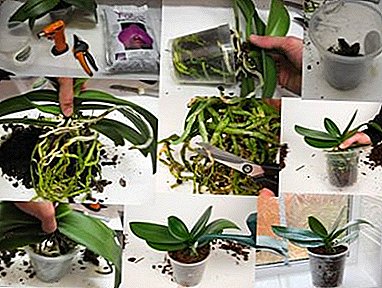 First, extract the flower from the pot. To facilitate the process, you can slightly crush the plastic pot and gradually pull the plant. If the flower does not reach without obvious effort, you can cut the pot in two halves.
First, extract the flower from the pot. To facilitate the process, you can slightly crush the plastic pot and gradually pull the plant. If the flower does not reach without obvious effort, you can cut the pot in two halves.- Release the roots from excess soil. Carefully pull out the roots of the chips, the old particles of the substrate. After rinse under running warm water.
- It is important to inspect the root system. Dry, rotten, yellow branches cut off with a sharp tool. Slices should be treated with sulfur or ash.
Do not use antiseptics containing alcohol. Roots can get burned.
- At the bottom of a transparent plastic pot lay granules of expanded clay, 2-3 cm thick, with pine bark on top. In the center we place the plant. The remaining space in the tank, fill the substrate. Do not press the roots firmly, it is better to cover with pine bark.
- If the transplanted orchid has flower stalks, they should be fixed in an upright position.
We offer to see a video instruction on orchid transplanting:
It is not difficult to choose a primer and transplant, but it is so important. Further full-fledged development and violent blooming of an orchid depends on it. BUT subsequent proper care and care will ensure quick adaptation of the beauty.


 the balance of mineral salts is disturbed;
the balance of mineral salts is disturbed; good water permeability;
good water permeability; ease of preparation;
ease of preparation; First, extract the flower from the pot. To facilitate the process, you can slightly crush the plastic pot and gradually pull the plant. If the flower does not reach without obvious effort, you can cut the pot in two halves.
First, extract the flower from the pot. To facilitate the process, you can slightly crush the plastic pot and gradually pull the plant. If the flower does not reach without obvious effort, you can cut the pot in two halves.